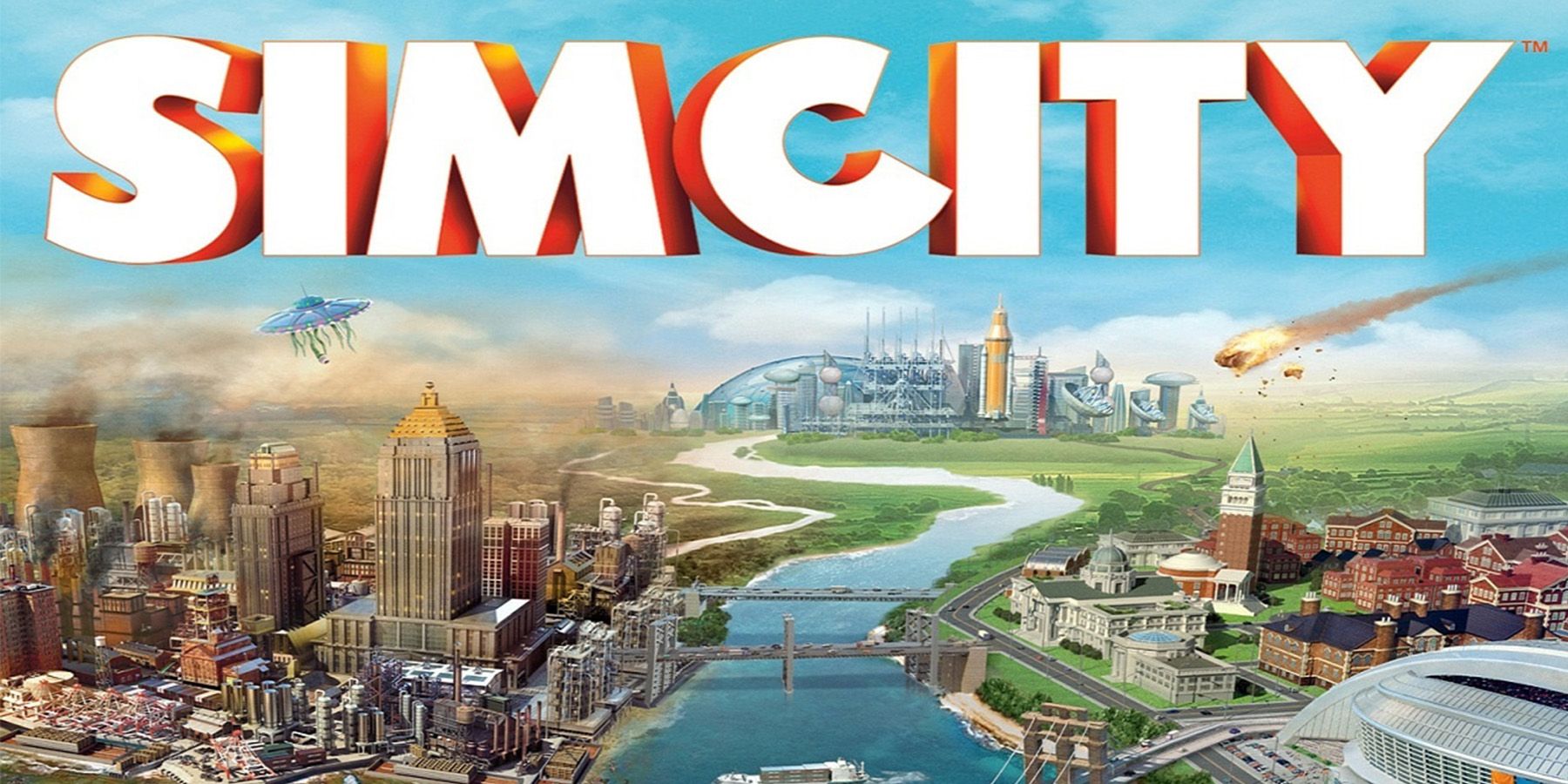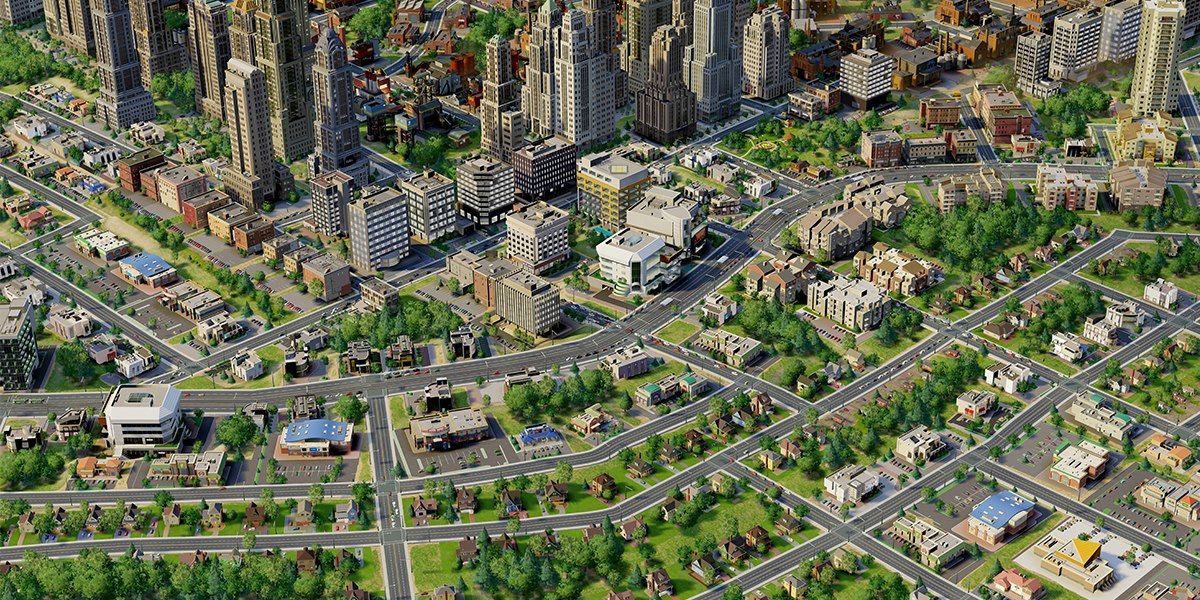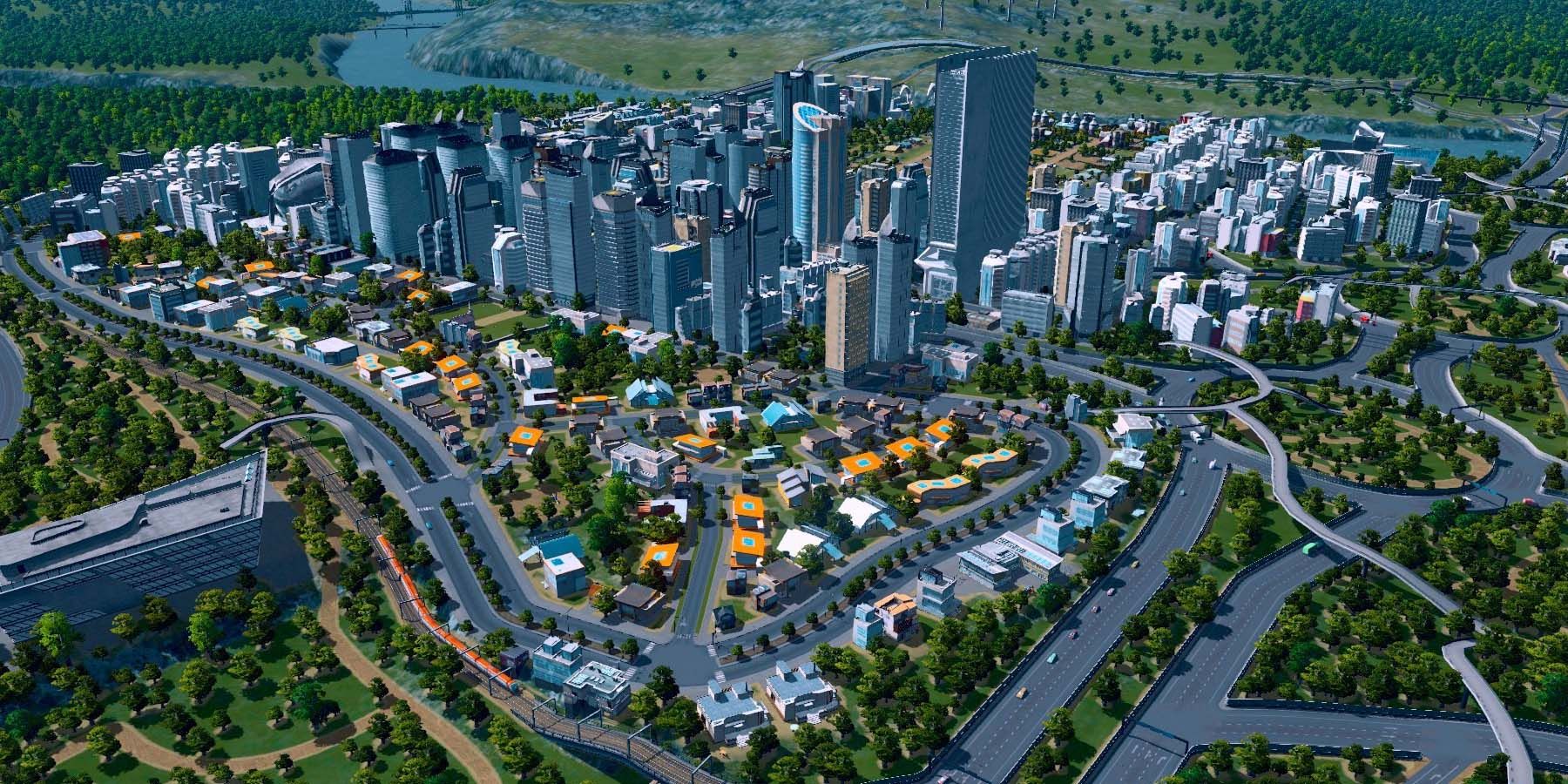The SimCity franchise was once the kingpin of the city building genre. It was created by Maxis in 1989, leading to many spin-offs and sequels including the very popular life simulation series The Sims. However, the SimCity series still stands out for laying the groundwork for what a city builder could be, and the series has even been used to teach students about urban planning.
When EA purchased Maxis in 1997, the SimCity series was going strong and EA. In 2003, it would be outsourced to other developers as Maxis focused on The Sims, but then in 2013 it would return to the series with a reboot titled SimCity. Fans were ecstatic, but upon release SimCity garnered much criticism over its always-online requirement and buggy launch. The game only received one DLC pack and most of its post-launch updates were scrapped, leading to the studio closing down. The series has been on hiatus ever since, but that should change.
SimCity 2013 Had Some Good Ideas
SimCity was received poorly at launch, especially because previously every SimCity title could be played exclusively offline. Server problems prevented players from jumping into the game around launch, and when the server eventually crashed all that progress players had made would be lost. Many also thought the multiplayer aspect was not very deep, and the game locked players to a small plot of land that was not expandable. A year later EA released an offline mode, but city sizes stayed the same.
Even with all its missteps, SimCity did add interesting mechanics to the series that could be expanded upon. For starters, the game introduced the ability to upgrade and expand civic buildings. Instead of just placing down an upgraded version of said building, players were able to attach new rooms, helipads, even more garages, alongside other components. These additions would improve the efficiency of civic buildings and affected the way they physically looked. It was a new mechanic to SimCity, and one that has not been emulated by competitors like Cities: Skylines.
Making the online requirement was a big issue for SimCity, but online play was still a good idea overall. If it was optional, it likely would have been received better. The game allowed friends to build neighboring cities in the same region, and they could work together to improve the overall region. Thus, if one person loved to build industrial cities while someone else loved throwing parks in their cities, the online play feature would allow those two cities to trade with one another. The green city would have no need to build industry because they could get those goods from somewhere else.
The City Building Genre Has Grown
The SimCity franchise pioneered what a city builder should look like, and since SimCity 2013 released, there have been many new building games. Cities: Skylines is arguably the biggest, and it appeared just two years after SimCity performed poorly to serve as a sort of spiritual successor. There have also been unique city builders like Northgard, Frostpunk, and Banished.
Prison Architect has also inspired a new style of building game. Instead of building a city, players construct a prison with a unique art style. Since its release, there have been countless games emulating its art style: Rimworld brought the concept to space, Academia: School Simulator had players construct a school instead, and Another Brick in the Mall brought them to the world of mall building. While none of these are focused on building cities, they do share a similar market with SimCity.
SimCity has been on ice since the 2013 reboot. The series was once the kingpin of the genre, but it has been overtaken by games like Cities: Skylines and Rimworld. However, it deserves a second chance, and EA should give it one. SimCity fans have been waiting for the return of the fan-favorite series, and now is a good a time as any for it.






